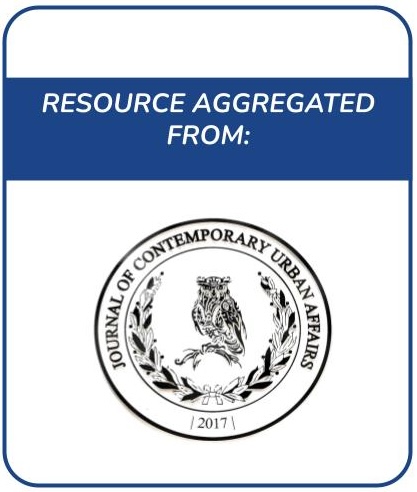Spatiotemporal Pattern of Wind Erosion on Unprotected Topsoil Replacement Sites in Mainland China
Topsoil is required to be stripped and reused to maintain land productivity in mining and construction activities. However, as a great threat to unprotected soil, wind erosion on topsoil replacement sites has not received enough research attention, which hinders the efficient implementation of wind erosion control measures in the right time and place on a national scale. This study aims to evaluate wind erosion on unprotected topsoil replacement sites (WEUTRS) in mainland China, examining its spatiotemporal pattern and demonstrating its significance for the relevant research and industry.












